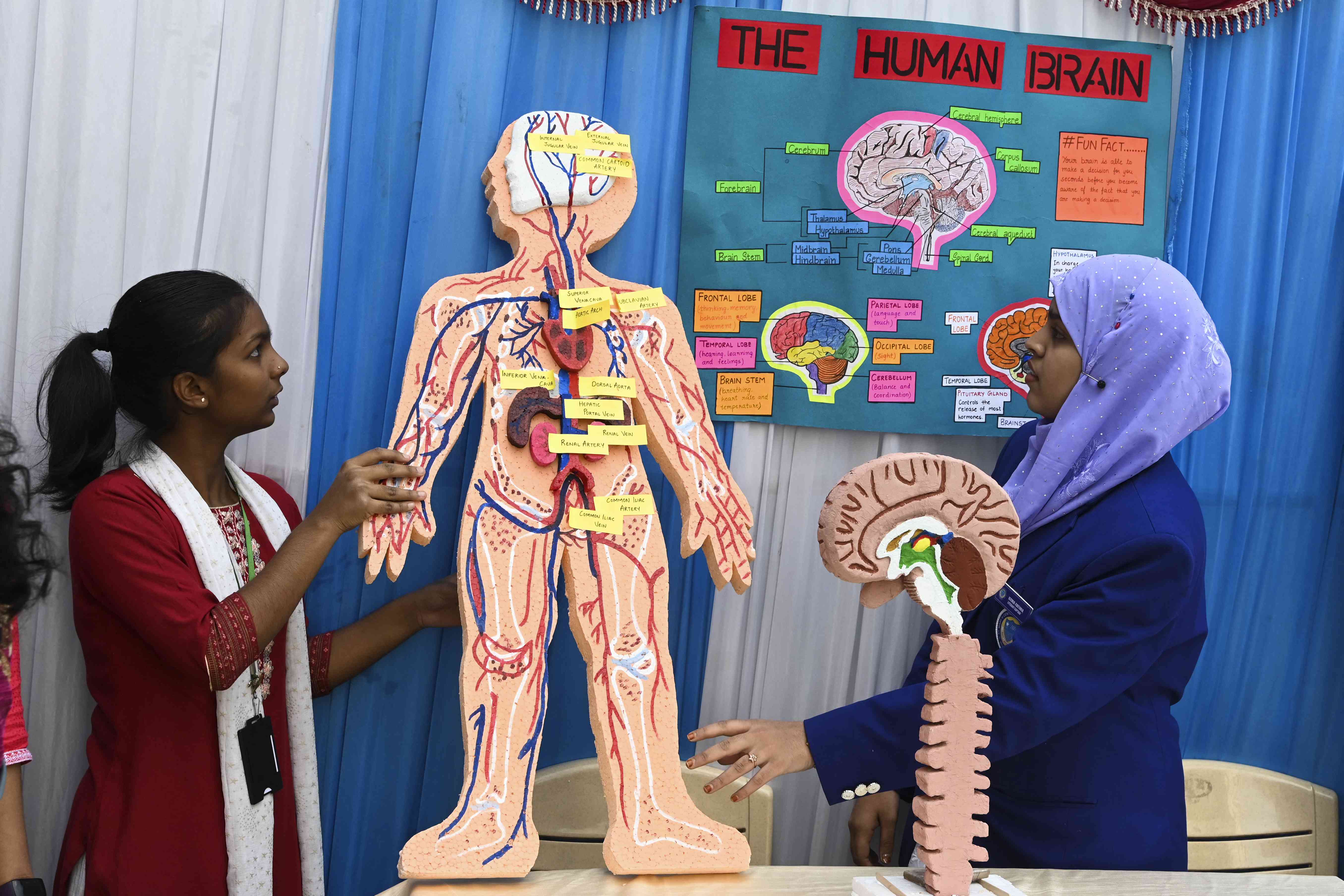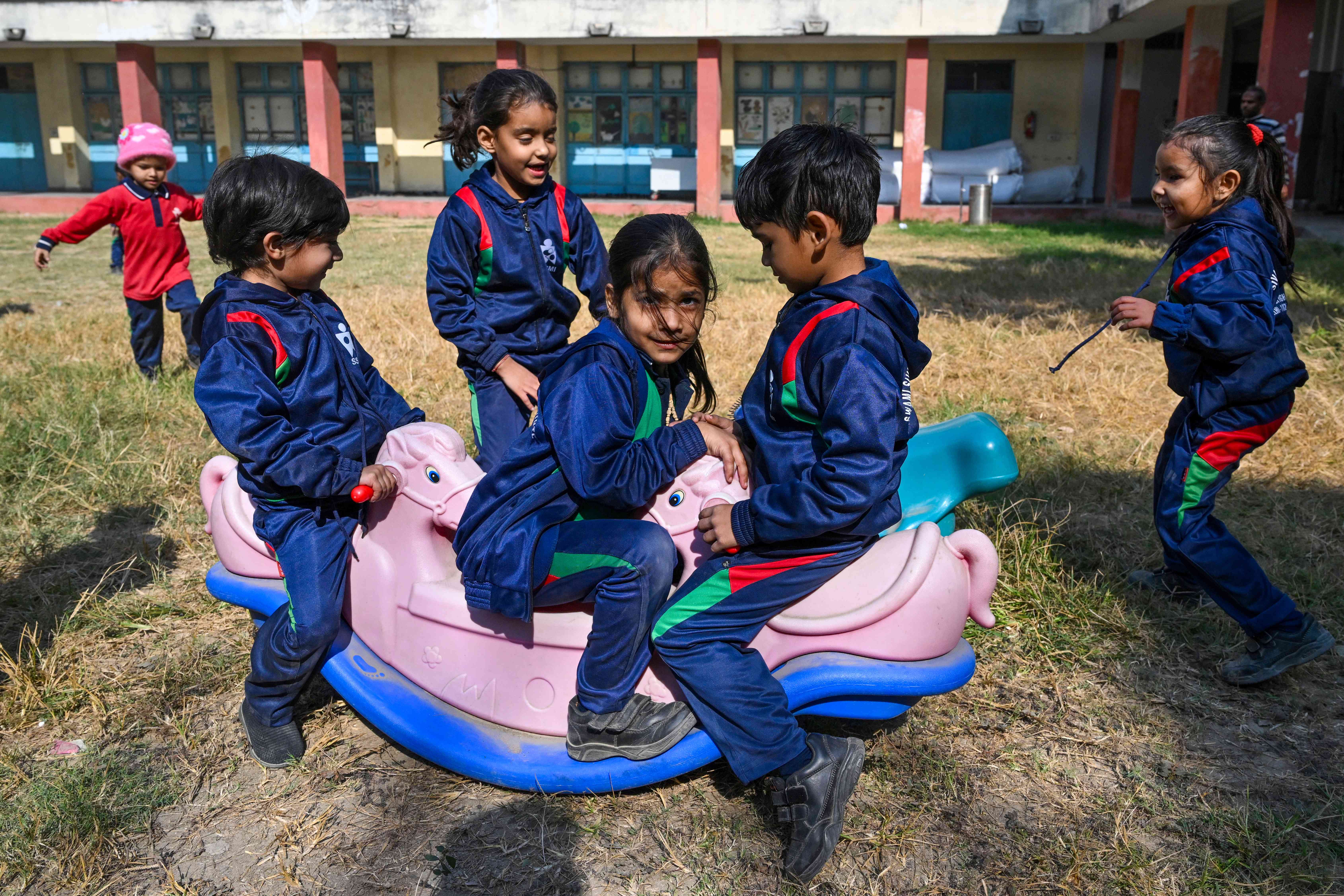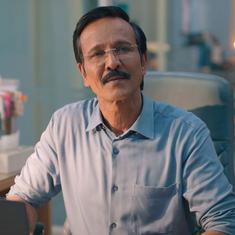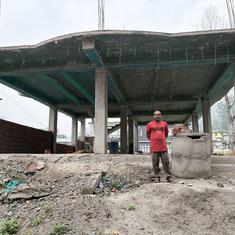Having been a teacher for 30 years, it has been evident to me that students emerge from a mould shaped by school and college where they were discouraged to question, argue, disagree, to read beyond the syllabus and the prescribed texts, to express an opinion or think laterally.
Most chose sociology, the subject I taught, not because they were interested in it, but because it was considered a “soft” subject – easy to get admission into and pass. The convenient timing of sociology classes was an additional attraction.
It would hardly be an exaggeration to state that many teachers and students, whom I came in close contact with, were bored, tired and disengaged from teaching and learning – both weighed down by the experience.
My association with government schools in Mumbai highlighted similar concerns. Problems identified as attention deficit hyperactive disorder, indiscipline, aggression or learning disabilities are also rooted in the marginal socio-economic background of the majority of the children. Poverty, insecurity, filthy and congested living spaces, dysfunctional families, violence and low esteem leaves a mark.
Problems with the education system have been apparent to educators for a long time, but perhaps few were more passionate in trying to address them than Ken Robinson, an English academic, author and advisor.
The modern system of education the world over – with few exceptions – is deeply flawed, Robinson contended, because its basic premise is restrictive, unimaginative and disengaged from the needs and abilities of children – in fact, of human beings.
Robinson’s insights and concern have deeply resonated with my decades-long experience of teaching in a university. He believed in the need to reconstruct the entire educational system – a total “paradigm shift”. His ideas are worth revisiting nearly five years since his death on August 21, 2020, at the age of 70.
Learning creativity
Robinson was dedicated to reforming the education system: he taught in universities, wrote and lectured extensively, conducted workshops and made policy recommendations. But, to our loss, he is little known in India.
The titles of his talks and writings were upfront: “School kills creativity”, “Bring on the learning revolution”, “I am a fan of home schooling”, and the most provocative of them, “How to escape education’s Death Valley”. Each one a gem, sometimes a lucid and thought-provoking critique, sometimes caustic, on the school system, which he boldly argued destroyed creativity in children and adult learners.
His analysis hinged on the argument that creativity and imagination are basic human qualities, expressed not merely in arts, music, literature, painting, dance, architecture, design, but in every activity that people undertake.
Making a distinction between imagination, creativity and innovation, which are interconnected, he argued that creativity is not necessarily innate and that it can be taught provided, “it is done well and in the right conditions”. I would add that family and community can also nurture creativity.

The current model of education, Robinson believed, was designed for a different time: the 18th century with the economic imperatives of the Industrial Revolution and the intellectual tradition of enlightenment with its ideas of academic ability, deductive reasoning and intelligence.
Education was modeled on industrialism: the production line mentality, the division of children as per age, separation of subjects, standardisation of curriculum, testing and so on. This model certainly benefited some who succeeded, but most suffered.
Conformity, compliance and competition characterises education at all levels – school, college, university – whereas Robinson believed that human intelligence is characterised by “diversity, collaboration and innovation”. This is most noticeable in children at an early age before they go through the rigour of routinisation and standardisation.
What was also crucial to Robinson was that although education may succeed in helping children understand the world around them, it doesn’t make them aware of the world within, their capabilities, potential and passion remaining undiscovered. Education, therefore, ought to make learners “understand the world around them and talents within them so that they can become fulfilled individuals and active compassionate citizens”, he said in his talk, “Life is your talent discovered.”
Education should enable the young to become economically responsible and inculcate the power of curiosity, cultural empathy, creativity, spirit of collaboration and historical understanding. The economic purpose should be tied up with social and cultural purpose. Instead, vast areas of human activity are viewed and lived as routine and uninspired. Good teachers can help learners recognise their talent, value it, pursue it systematically and take risks and face uncertainties, as well as provide all possible assistance to do so.
“Creative activities” should not just be an add-on to the school curriculum – a class or two on music, drawing and painting and storytelling are valuable in themselves – but embedded in the approach to the teaching-learning process.
His book, The Element: How Finding Your Passion Changes Everything, draws from the phrase “to be in one’s elements” – at one’s best, most authentic. This alone, he says, can provide fulfilment, a sense of purpose, meaning and happiness, in addition to the knowledge and skills required for livelihood, and more importantly, enrich one’s life and that of others. It can be as uplifting as a spiritual experience.

Where change begins
The education system must recognise diversity, given that every child is different, hails from a specific social-economic-cultural background and has different abilities, likes and dislikes, attitudes and inclinations. Standardisation cannot become so rigid as to destroy all possibilities of divergent thinking, which allows for unorthodox, original and ingenious ways to interpret questions and find answers to them.
In the present system of teaching and evaluation, more and more resources are invested in standardising testing. This creates a hierarchy of subjects: those related to economic opportunity and utility are valued while arts, humanities and the social sciences, remain less so.
The division of subjects, Robinson points out, disregards the very purpose of education, which is to develop a holistic approach to connect the manifold dimensions of human life. In recent times, there is an even narrower definition, in preference of subjects that produce material value over those that emphasise social and cultural values.
It is a pity that the need for original ideas is encouraged in management and technical studies, in business, and fields that are closely related to the economic sphere rather than in humanities, social sciences, and arts. These are disciplines that offer a deeper understanding of society and culture, human values and our role “in building a society, rooted in principles of diversity, cooperation, and compassion”, as Robinson puts it.
Researchers and activists have repeatedly drawn attention to the poor quality of education in government schools in both rural and urban India. A high dropout rate on account of poverty and poor basic facilities is endemic, and children who do manage to remain in school plough through an irrelevant and joyless educational experience.
Teaching and learning, by and large, except in a few elite educational institutions, are a frustrating experience for teachers and students, where classrooms reproduce the hierarchy between the two, and students learn early that the authority of the teacher cannot be questioned. The declining social status of teachers, their lack of professional autonomy and lack of motivation to upgrade their skills contribute to the state of affairs.
From Robinson’s vast experience, which he shares with readers and audiences, I would like to mention two. One was an experiment that challenged children to find different ways to use a paper clip: they discovered 200 uses.
In another instance, a young girl diagnosed with ADHD was advised to be sent to a special school. The distressed parents consulted the principal, who left the girl in his office and met the parents outside while observing the student all the time. She danced with great joy and skill in his large office. The principal (I imagine, smiled) and told the parents to admit her to a dance school, which they did. She excelled in dancing, earned a high reputation and even started a dance academy for girls.
Every child and adult is not equally talented, but educational institutions can certainly help every child and adult discover and develop their interest and confidence. Parents must also learn not to be obsessed with grades and marks, and admissions, which are viewed as the sole purpose of education, in our competitive, market-driven society.
Indra Munshi is the executive editor of the Indian Journal of Secularism, Centre for Study of Society and Secularism, Mumbai, and retired professor and head of the department of sociology, University of Mumbai.










